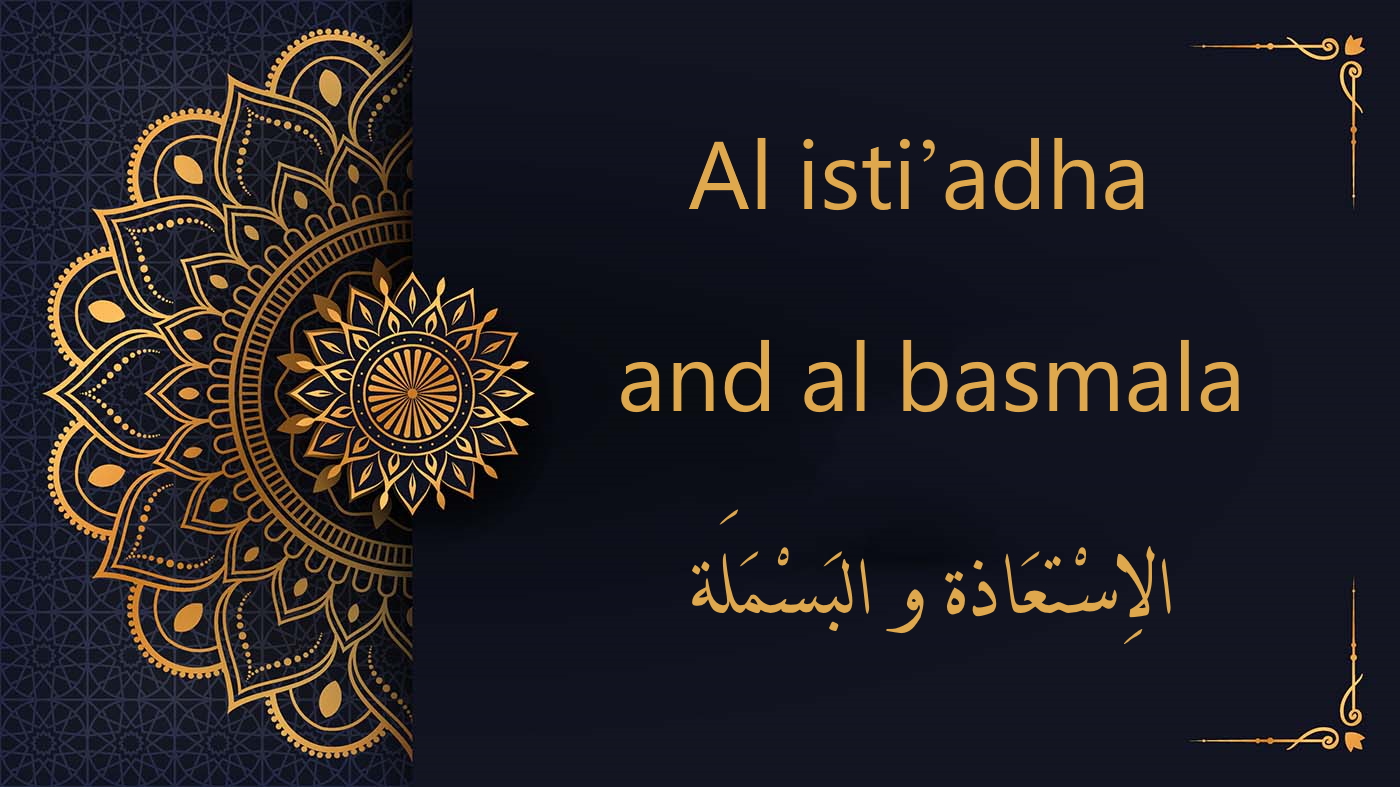Al isti’adha and al basmala | Tajweed rules

Understanding Al Isti’adha and Al Basmala: An In-depth Exploration 1. Delving into Al Isti’adha: Its Significance and Usage Allah instructs us that before we embark on reciting His Sacred Book, we should seek His refuge against the accursed Satan, ensuring that we are under His divine guidance and protection. As expressed in His esteemed Book: […]

